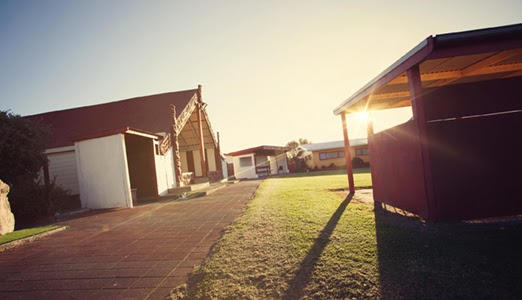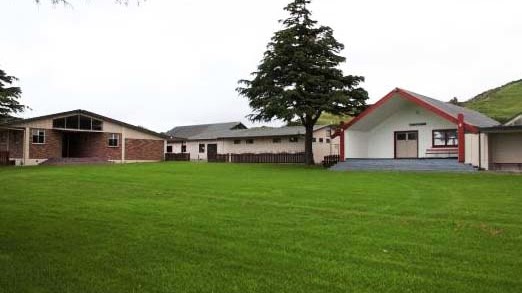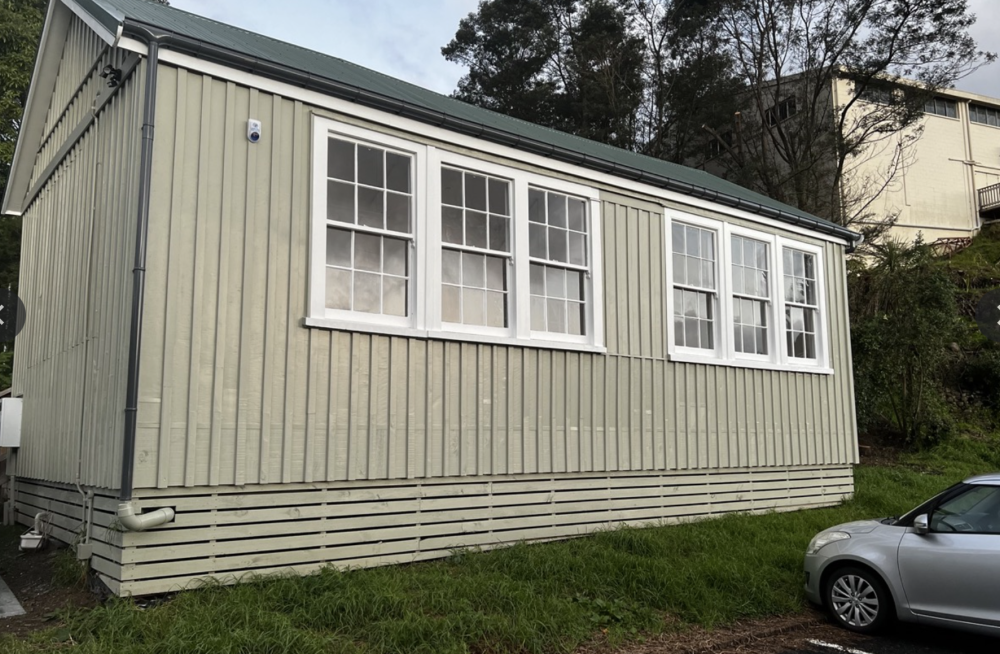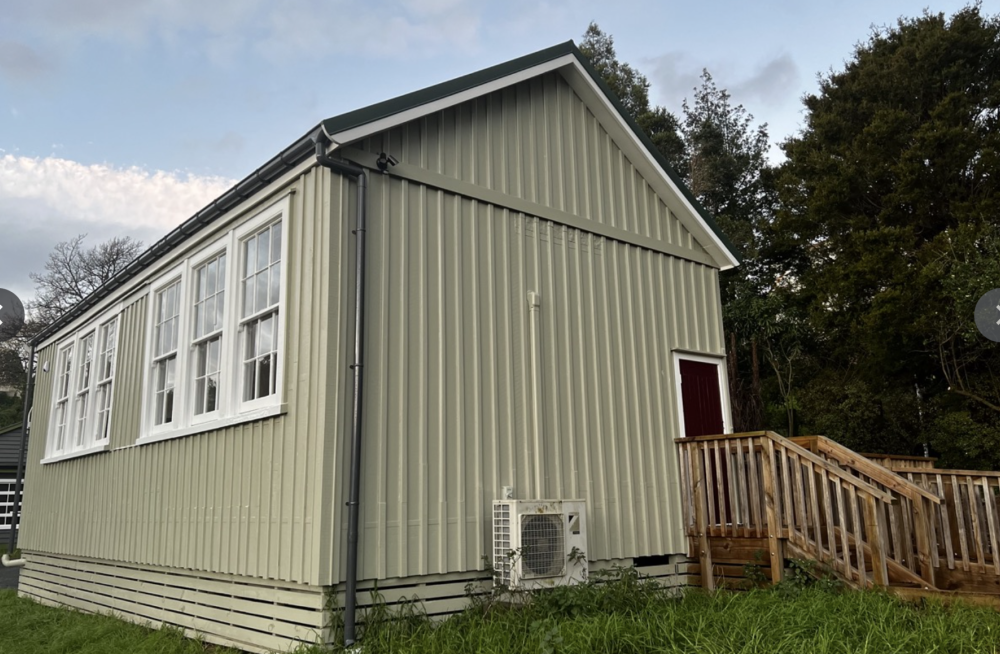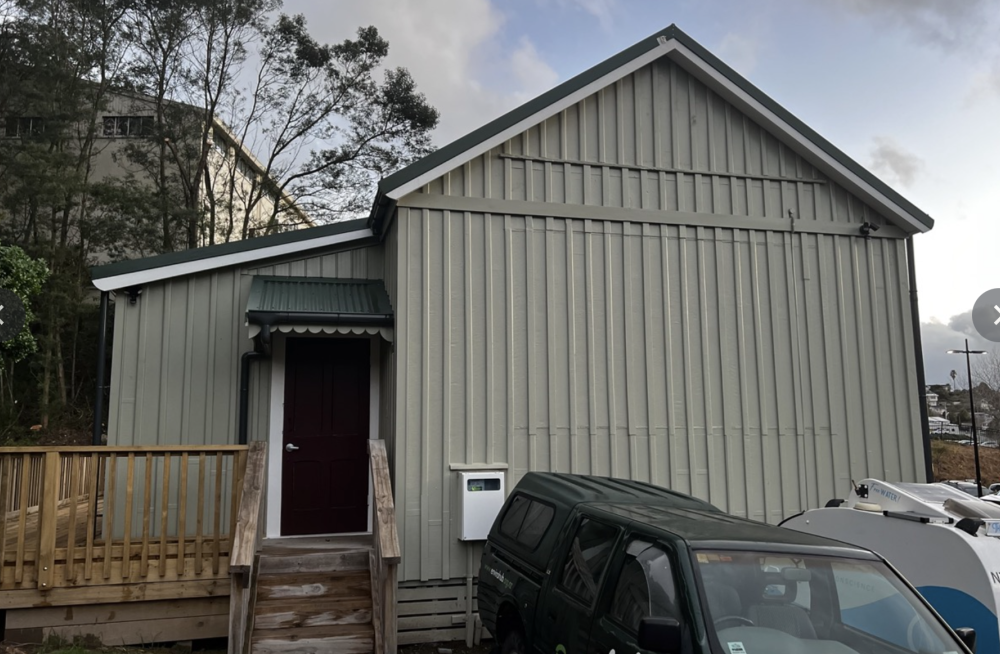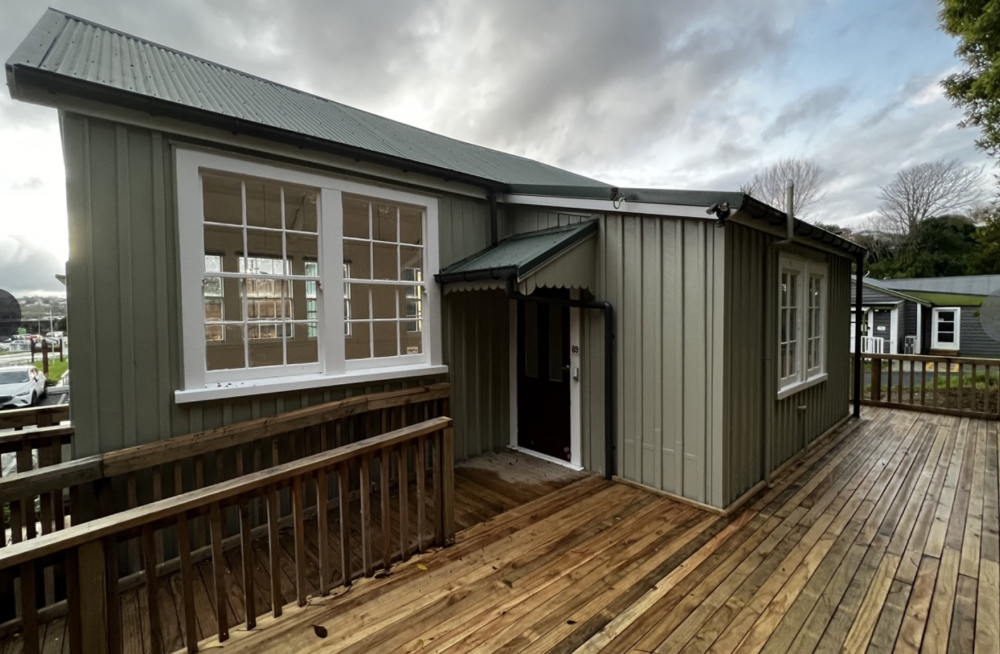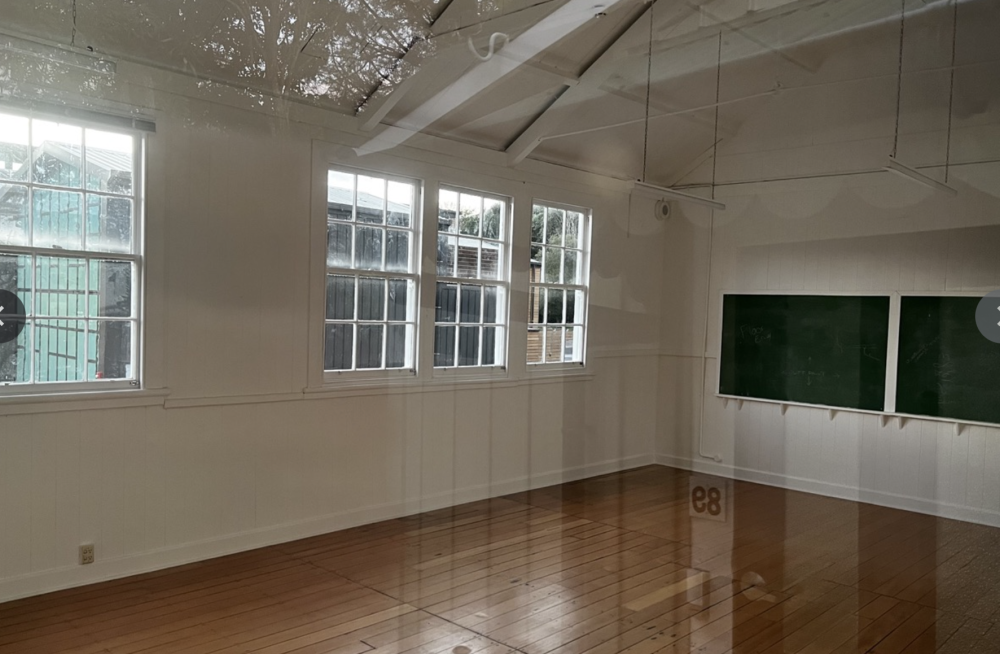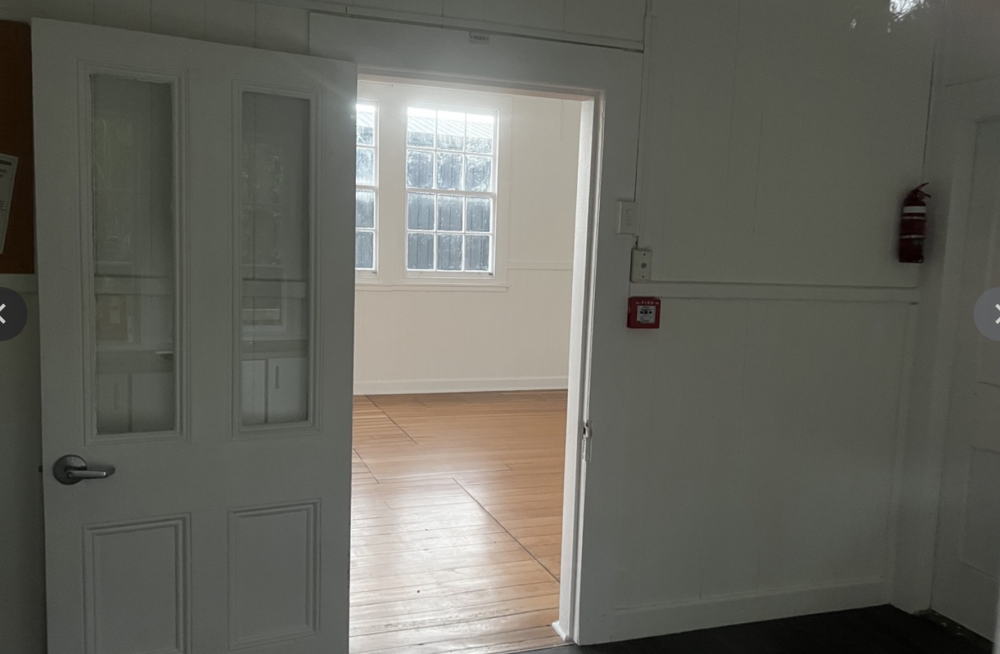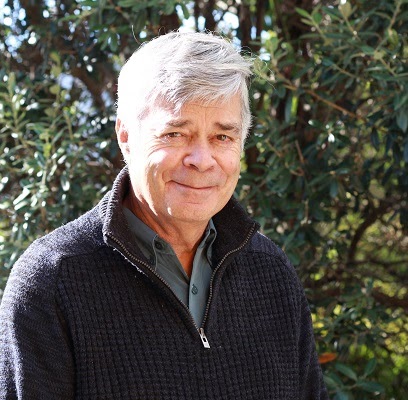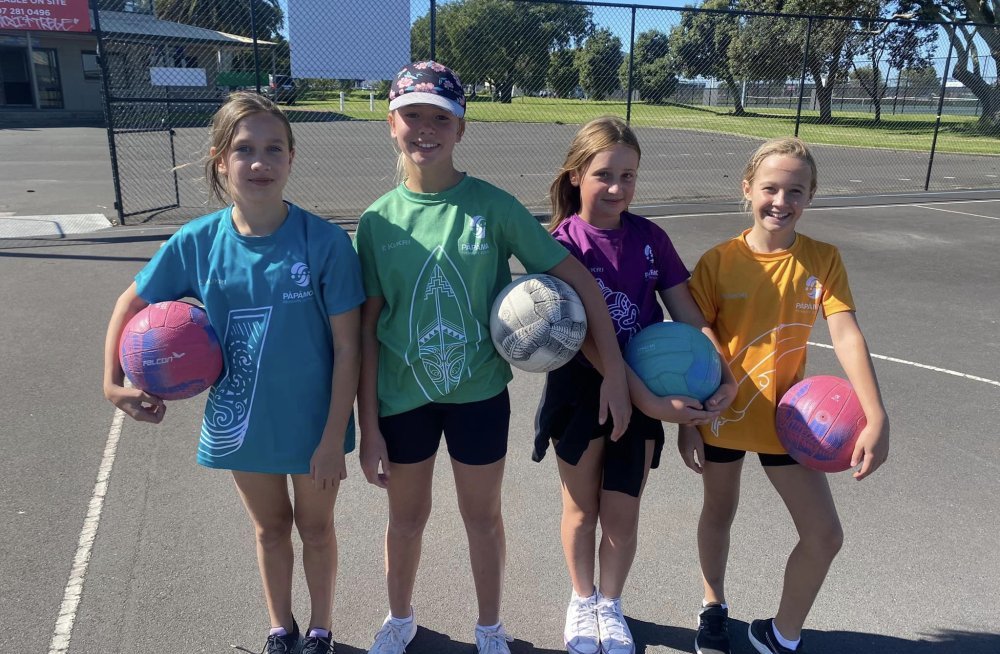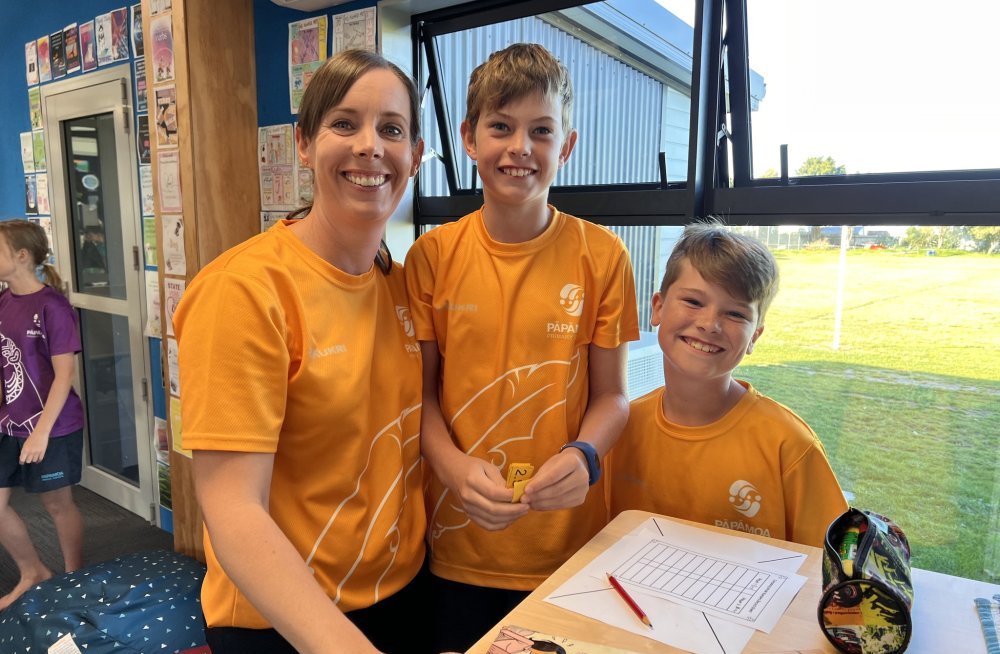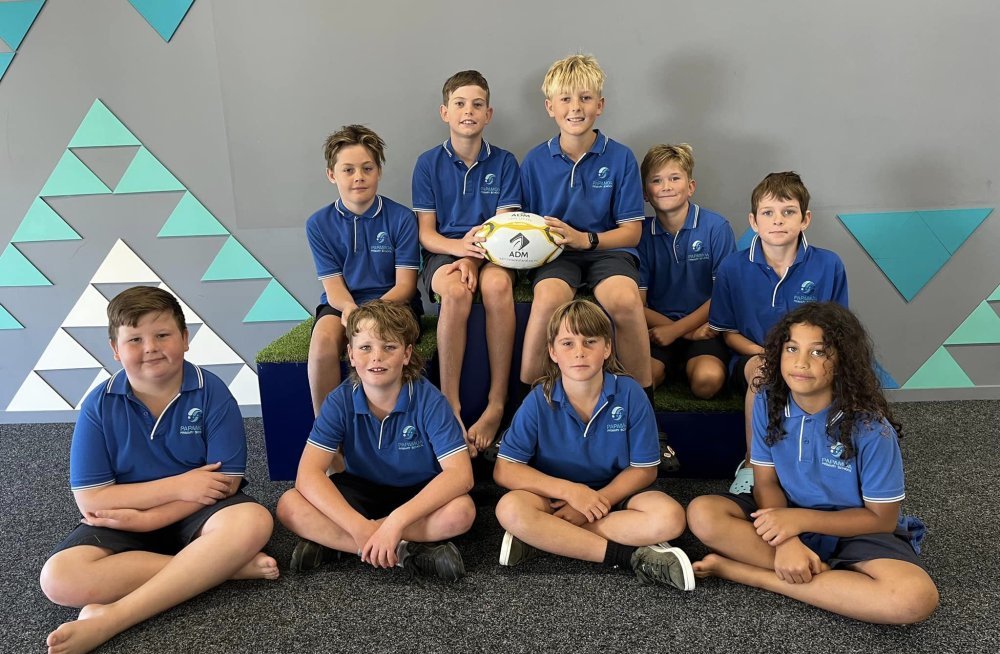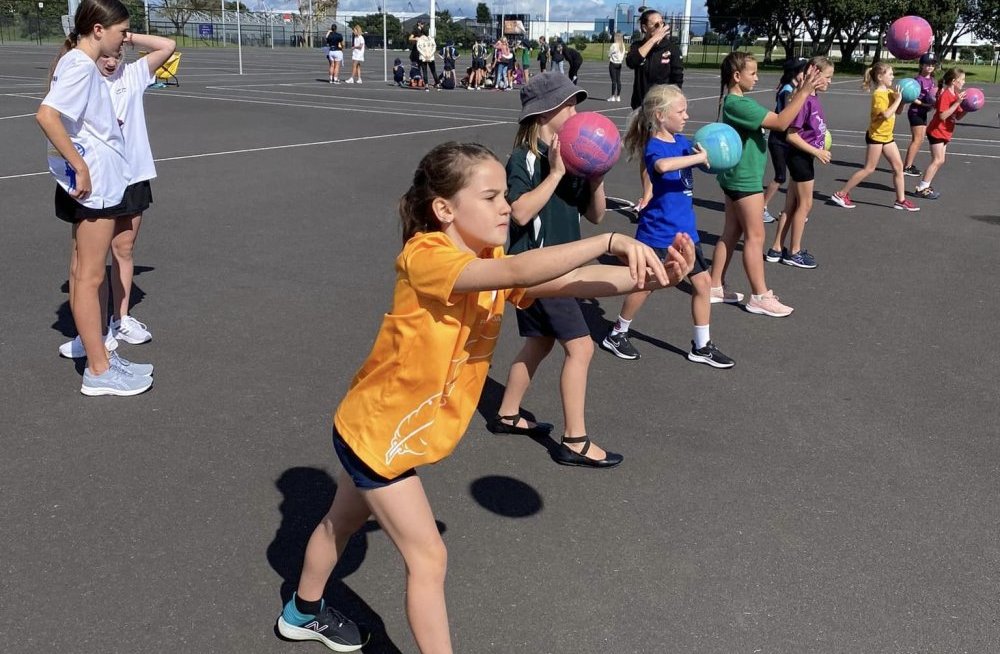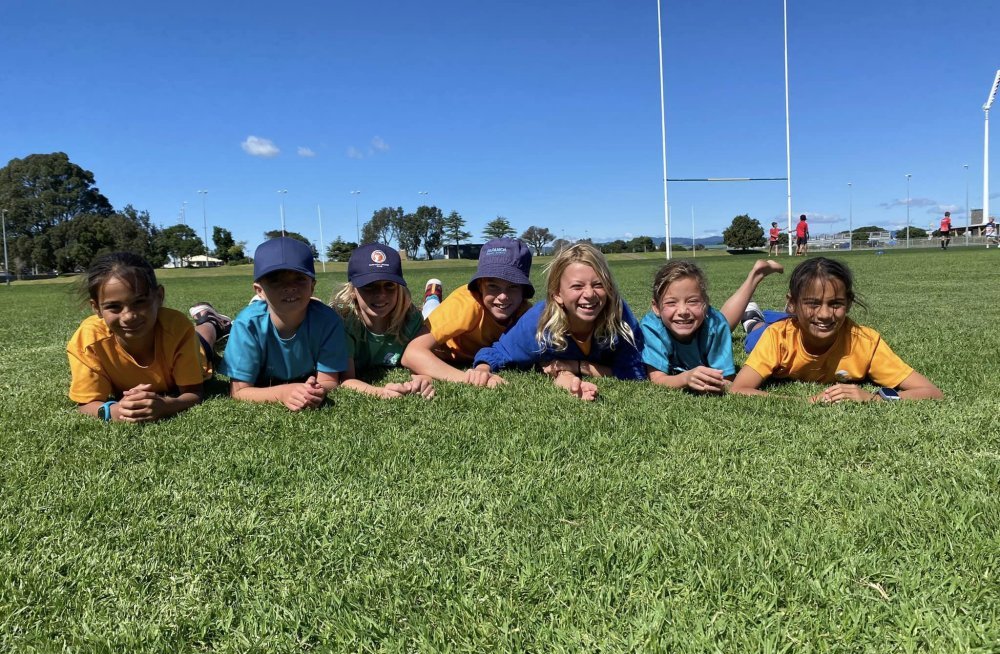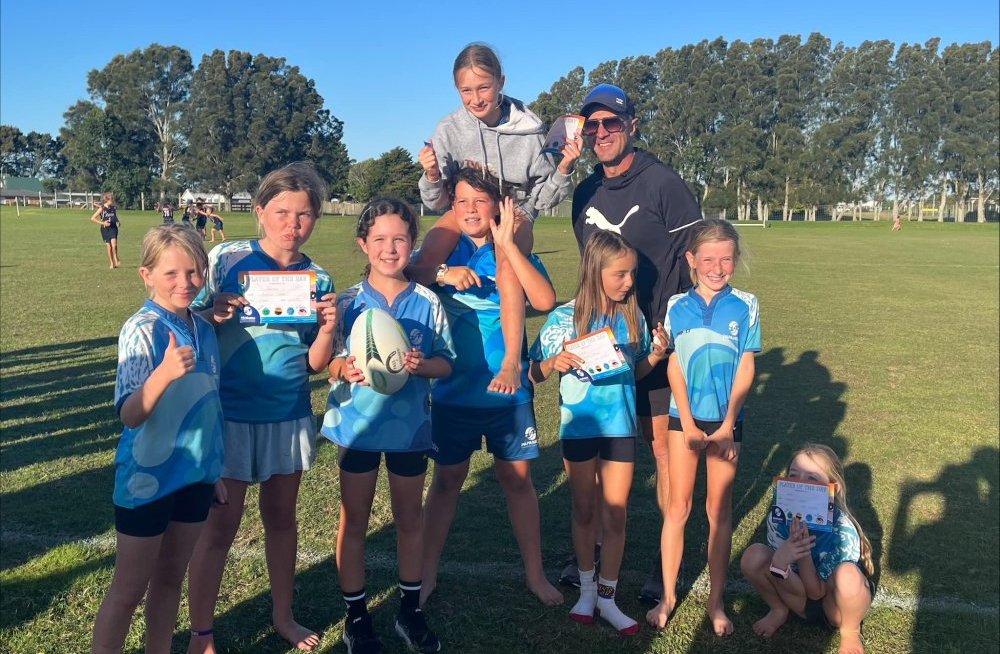Ngā Pōtiki Iwi
The ancestors of Ngā Pōtiki were part of a group with origins from Mataatua waka, which migrated from the eastern Bay of Plenty.
On the death of their leader Rangihouhiri at Maketu, the group – now known as Ngāi Te Rangi – eventually entered and dispersed across what is now the wider Tauranga district.
It was Tamapahore who assumed leadership of the heke (migration) into Tauranga, only to be ousted by his nephew Kotererua.
The aging Tamapahore and his followers were subsequently denied living space on Mauao and so, retreated to Te Rae o Pāpāmoa and Mangatawa.
The rohe (Boundary/Area) of Ngā Potiki runs along the coast from Parakiri (Ōmanu Beach) to Wairākei and extends in a straight line inland to Kōpūāroa, Ōtawa maunga, Te Kaiate Stream, follows Te Awa o Waitao (and catchments) directly across to Ōruamatua and to Kainohu (Te Manga) and back to Parakiri on the coast. The area is inclusive of Ōtara maunga and Te Rae o Pāpāmoa.

Ngā Pōtiki Marae
Tahuwhakatiki Marae (Rōmai)
Read more
Tahuwhakatiki Marae was established in 1912 on a narrow peninsula called Te Whare o Tahuwhakatiki, on land owned by 19th Century Ngā Pōtiki leader Eruera Te Tauhou, who was also known as Eru Tamapahore. The marae was established to serve Ngā Pōtiki generally.
The fully carved wharenui Rongomainohorangi commemorates a renowned Mataatua ancestor. The whare manaaki acknowledges his wife Tuwairua, who is also an ancestor of note belonging to Ngāti Pūkenga. While Tuwairua lived many centuries ago this tupuna kuia symbolises the close Ngā Pōtiki relationship with Ngāti Pukenga. She was the mother of Tamapahore.
The rich and intricate carvings were produced in classic Te Arawa style under the direction of master carver Hoani Taiapa at the Māori Arts and Crafts Institute at Whakarewarewa and affixed to the newly refurbished Rongomainohorangi in 1974. Together, with the newly constructed concrete block wharekai Tuwairua, both were opened by Arikinui Te Atairangikaahu at the head of a large delegation from Waikato Tainui in the same year. Tuwairua replaced an earlier building of the same name that had been opened by her father Koroki, the fifth Maori King in 1935.
In early 2021, the whakairo were refreshed by Ngā Pōtiki carver and cultural advisor Dr Des Tatana Kahotea as part of a major wharenui renovation. The carvings along the māhau, together with panels on either side of the paepae, are more recent having been produced at Te Puia’s New Zealand Māori Arts and Crafts Institute (NZMACI) under Master Carver Clive Fugill. Those carvings are based on whakairo that once adorned the wharenui Tamapahore carved in 1896 by tohunga whakairo Meihana Tawakura of Ngā Pōtiki/Ngāti Awa.
Mangatawa Marae (Tamapahore)
Read more
Mangatawa Marae serves as an important cultural centre for our Ngāti Kaahu and Ngāti Tahuora hapū of Ngā Pōtiki .
Opened in 1962, the wharenui was named to commemorate our ancestor Tamapahore. A carved wharenui of the same name once stood at Karikari, opened by prophet and founder of the Ringatū faith Arikirangi Te Kooti Turuki in 1896 in the presence of Mahuta, the third Māori King.
Tamapahore’s parents were Rongomainohorangi and Tuwairua, both of whom are memorialised in the carved wharenui and whare manaaki located at Tahuwhakatiki marae, Waitao.
Tamapahore married Te Aowhakataki (Mataatua) and Ngaruahaoa (Tainui). Uruhina and Parewaitai are children of Tamapahore and Te Aowhakataki, and Ngaparetaihinu is the offspring of Tamapahore’s relationship with Ngaruahaoa.
Uruhina married Hikakino of Ngāti Awa and Parewaitai married Te Paruhi o Te Rangi, cementing peace between Tamapahore’s people and Tapuika, Ngaparetaihinu married Tukorehe of Ngāti Raukawa. These tupuna kuia in time forged their own mana and while they may have lived many centuries ago, it is through them the foundation relationships between Ngāti Awa, Ngāti Raukawa, Tapuika and Ngā Potiki were formed.
Traditional Ngā Pōtiki Tribal Area
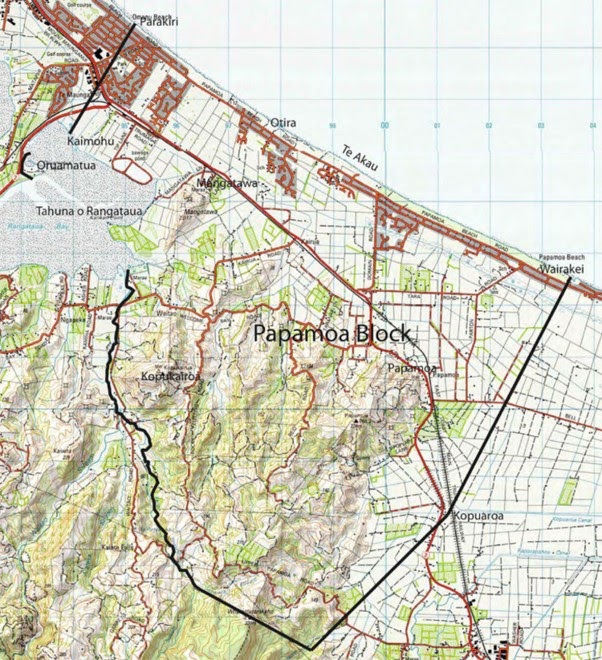
Our Logo
Te Kura Mātua ā Pāpāmoa
The First School of Pāpāmoa
Kura
2. (noun) school, education, learning gathering
Mātua
1. (modifier) first, important, large, must, before others - stands before verbs to indicate that the activity is/was/should be carried out first, before some other stated or implied action.
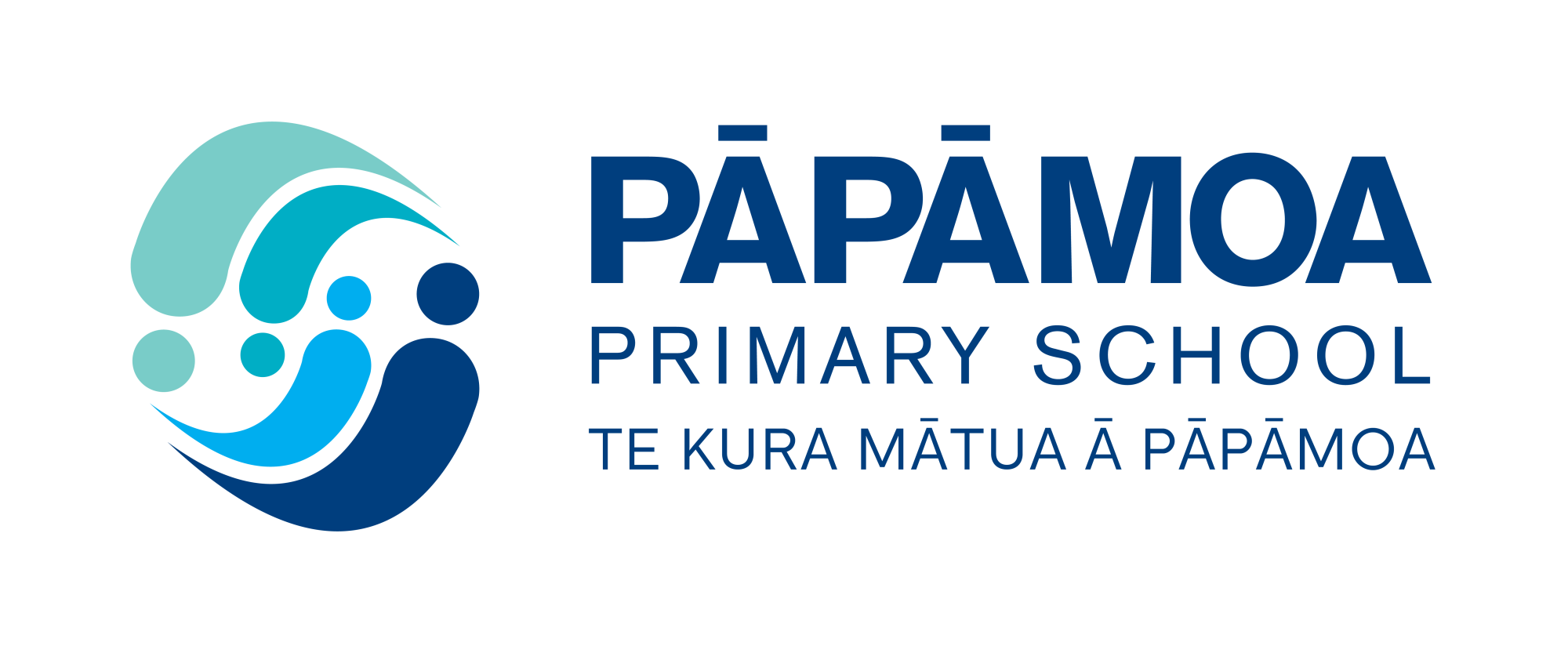
Our School logo represents the 4 most important groups of people who embody our school.
- Te Mana Whenua (The people of the land)
- Whanau and Community
- The Staff
- The Children
Metaphorically there are multiple depictions that can be taken from our logo including the Pāpāmoa Hills - Te Rae o Pāpāmoa, the growth of Harakeke, the Ocean - Moana of Pāpāmoa and the movement associated with learning and being life long learners.
The relationships between these groups of people who make up our community are the most important to us and our logo embodies this.
The Original Pāpāmoa Primary School
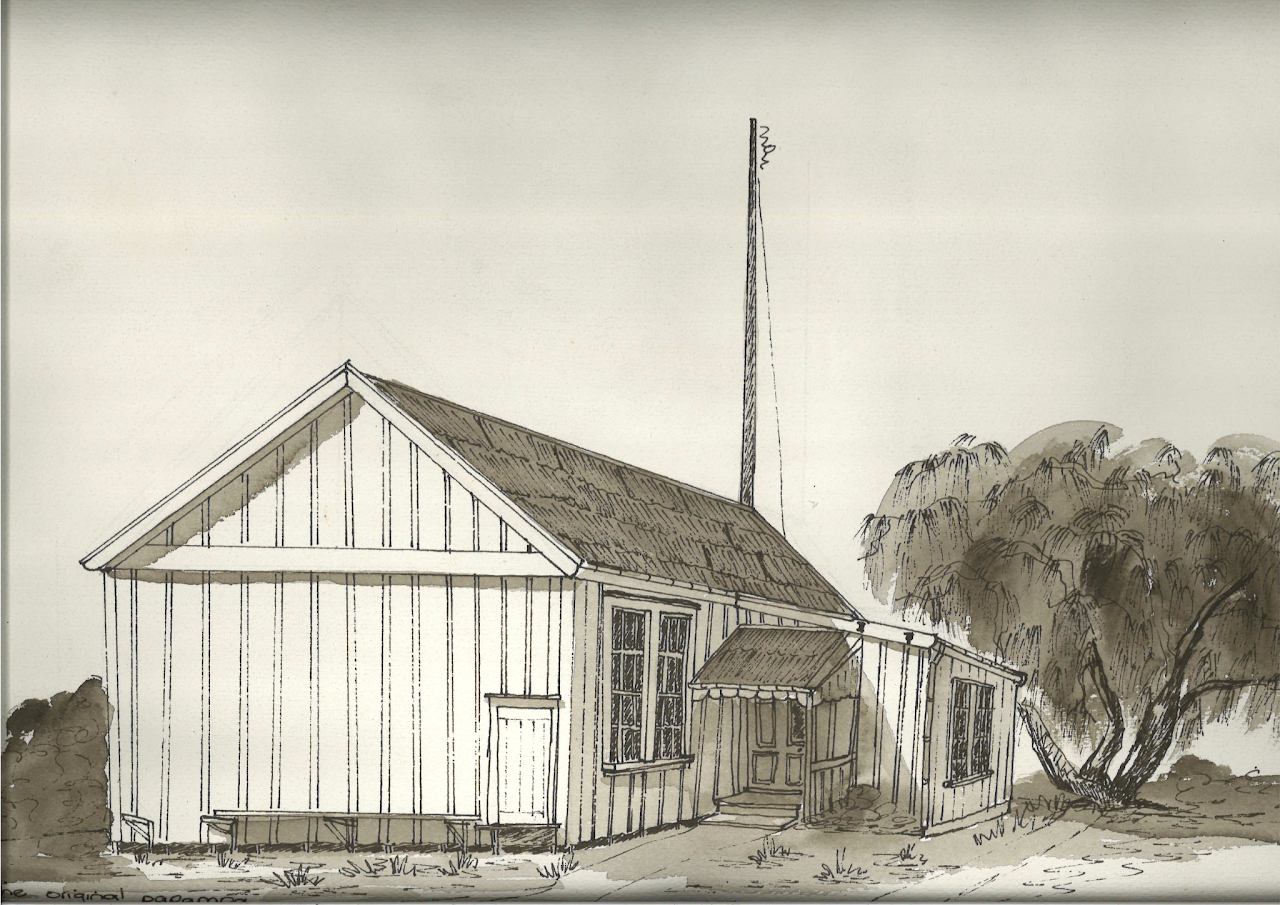
This photo/drawing can be found proudly framed in the school office.
PÄpÄmoa Primary School was founded in 1904. The original location for the school was set back closer to the PÄpÄmoa hills - Te Rae o PÄpÄmoa.
The school moved to its current location next to the coast in 1977. When the school was moved, harakeke from the original site was also bought down and still sits along the back fence of the school to this day.
Where is it now?
The original building is now at Tauranga's Historic Village, 17th Ave West Tauranga.
Known as building number 89 in the village, it sits on an elevated site behind the new TECT-owned Kollective.
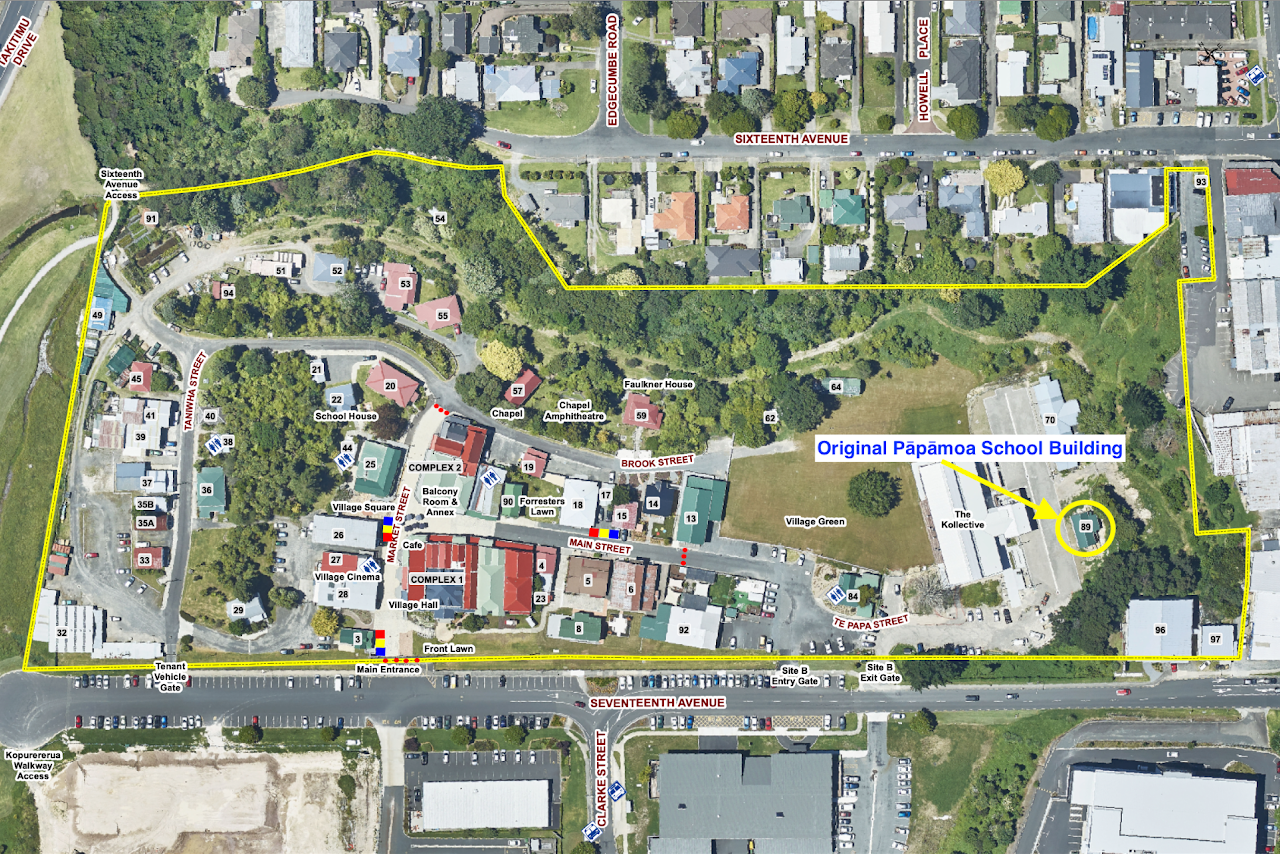
Recognising Our Past, Present & Future
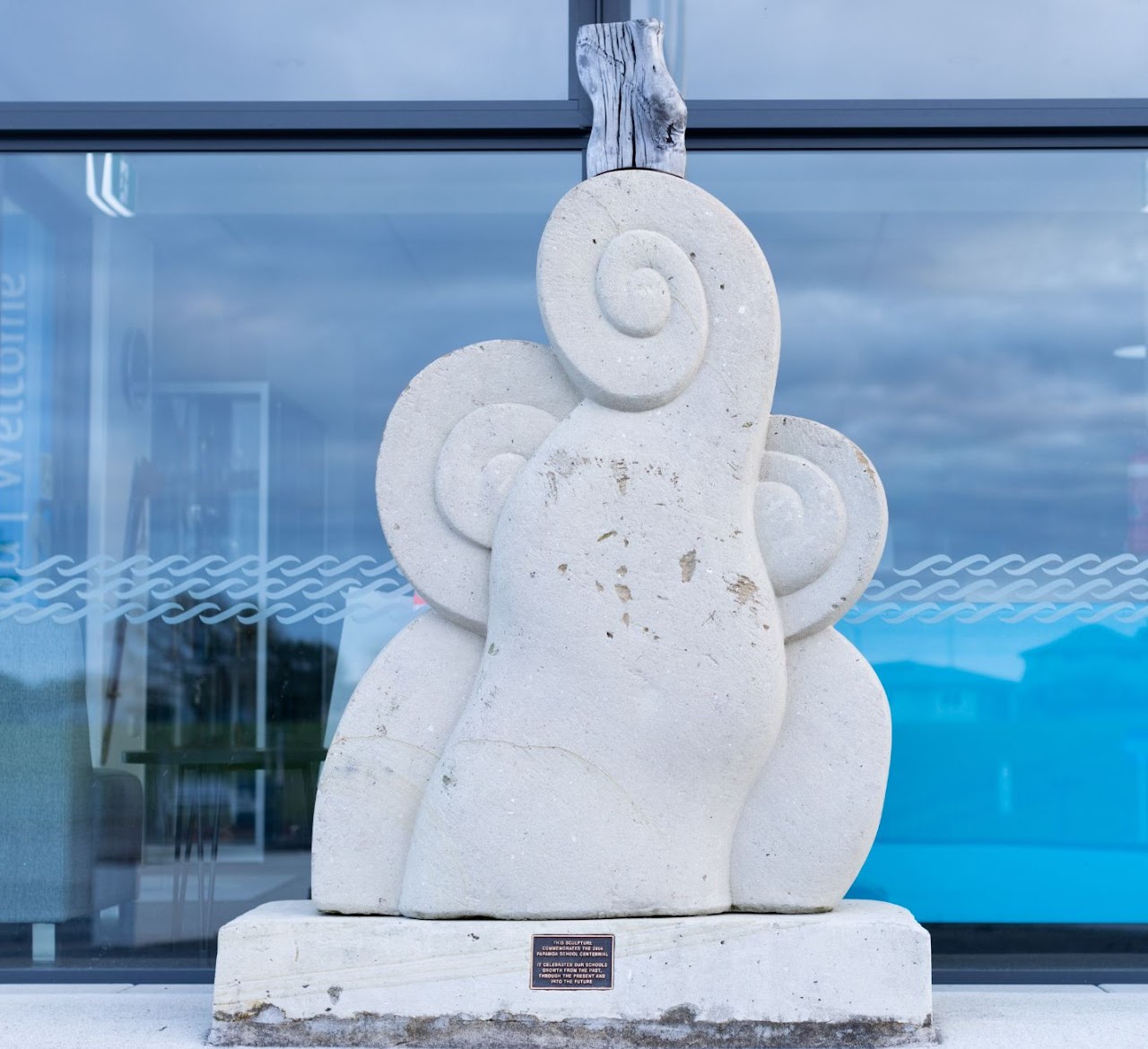
Learning from the past for the present to prepare us for the future!
The school sculpture that is situated at the front entrance of the school was commissioned and gifted by the Centennial School Committee to mark the 100 year anniversary of Pāpāmoa School. The School celebrated 100 years in 2004.
A local artist Peter Cramond was approached to design and create the sculpture for the committee. The sculpture was to be made from local stone (Hinuera) and was to be sculptured on the school grounds so the students could see the progress and appreciate what can be produced from a large piece of stone.
The theme of the sculpture was of Past, Present and Future. The design that Peter created was with the Koro patterns as they are one of the most recognizable symbol for New Zealand, and they have also been used in many different cultural settings around the world. There are three Koro's in the sculpture which represent the past, present and future students of Pāpāmoa School.
The wooden carving placed at the top of the sculpture represents our students moving away to higher education and future endeavors.

Peter visiting room 18 students in 2022. Peters grandson was a member of room 18 in 2022.
The Carver
Peter Cramond lives and works from his studio home in Pāpāmoa, Bay of Plenty, New Zealand.
Growing up in Te Puke, Peter spent much of his childhood catching the waves at Pāpāmoa and Maketu. From school he gained the skill and passion for painting and carving. Then studied Graphic Art at Auckland Technical Institute.
Peter spent his early working years as a graphic artist. The world of advertising was not to his liking and he returned to the Bay of Plenty, working in the countryside. This was an improvement but not the life of an artist.
An accident in 1982 left Peter recovering from a broken neck, and while in hospital, he decided that this was to be a great chance to realise his artistic ambitions. Since 1982 Peter has developed his sculpting, drawing and painting. He has had a series of solo shows throughout New Zealand, has received many public and private commissions and won numerous awards.
From 1994 he has been visiting Europe regularly, working in the open air at the Wellington Arts Festival, Edinburgh International Arts Festival, Galway International Arts Festival, Paris, Amiens and Amsterdam. As a result of this activity, Peter's artworks reside in collections in Austria, Belgium, Canada, Cyprus, England, France, Germany, Hong Kong, Ireland, Italy, Netherlands, Singapore, Scotland, the USA and New Zealand.
Our Mural
History
Our mural tells the story of our local Mana Whenua and the connection to the people of the land - Ngā Pōtiki.
We identify the elements within the mural as the 4 key values that we see important for our children to aspire to be and become in their time at Pāpāmoa Primary - Care, Commitment, Courage and Connected.
Our mural was commissioned in 2018 and painted by world-renowned local artist Graham Hoete - Mr G.
Painting of Our Mural
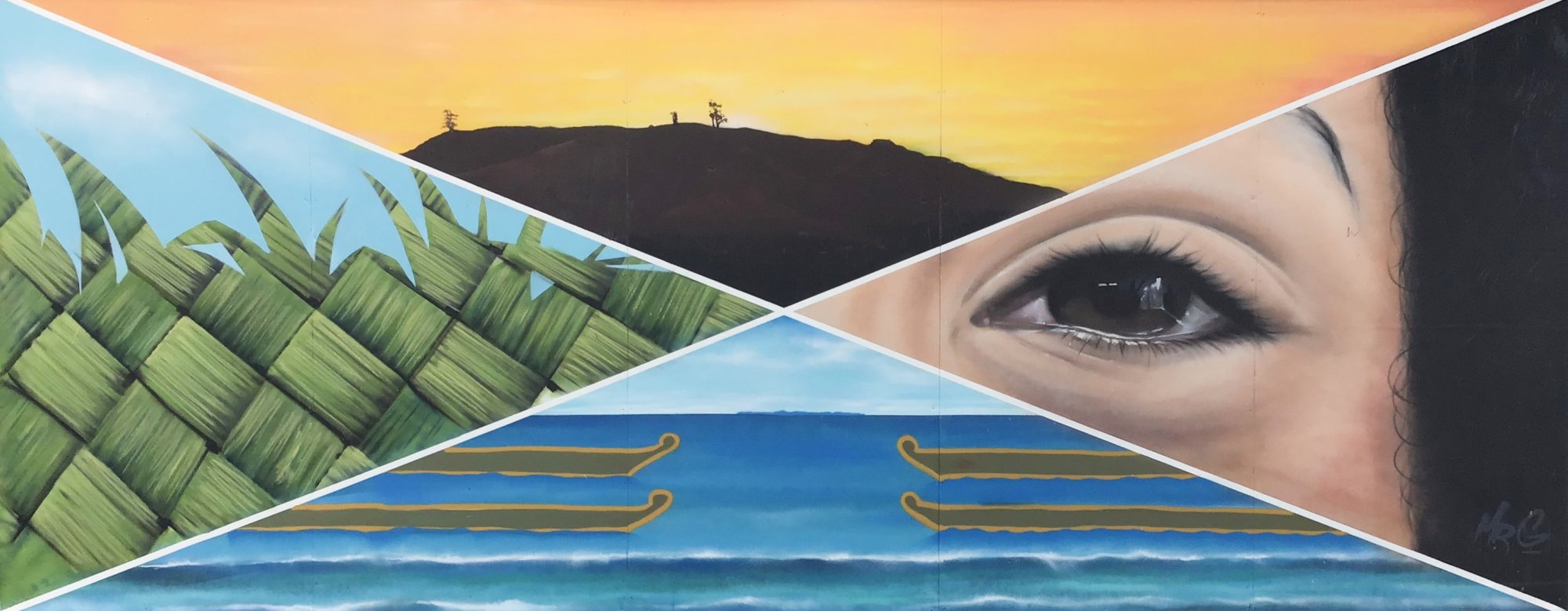
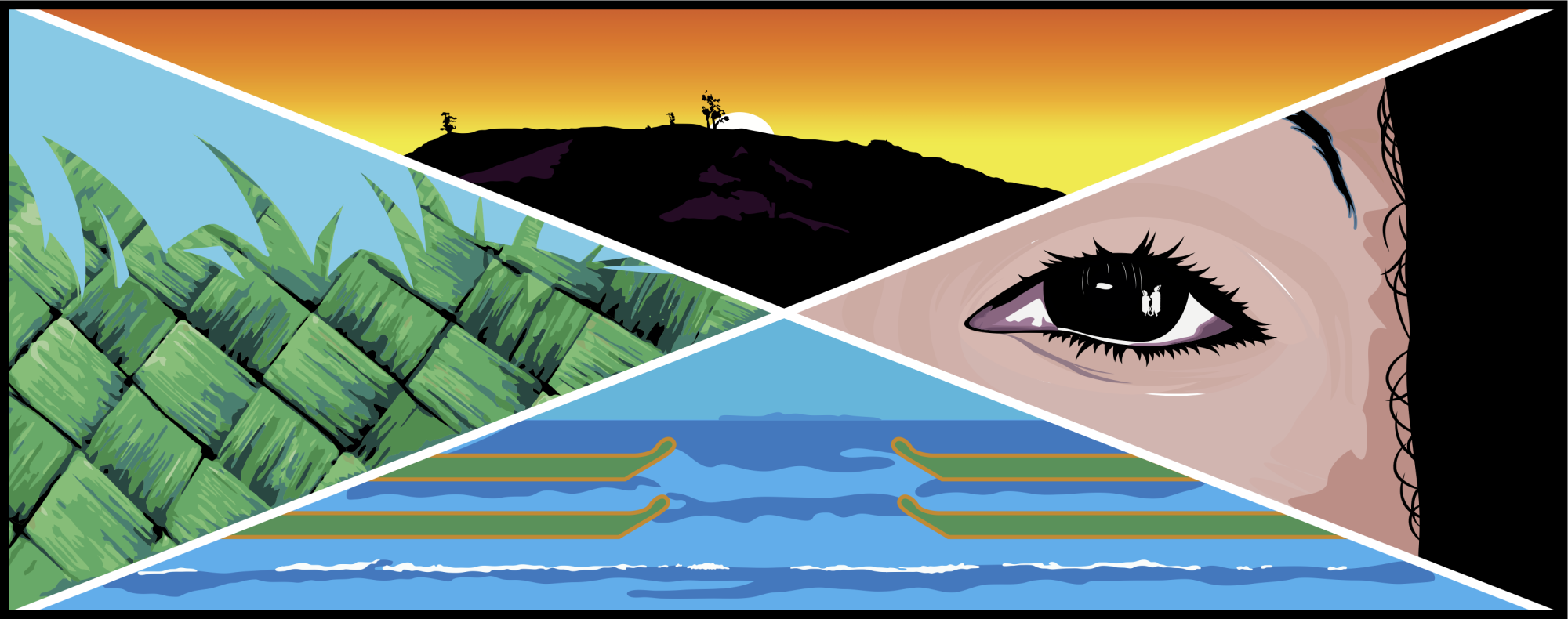
Colin Reeder
Kaumatua Korero
Local Iwi have always wanted to share our stories about the cultural landscapes and seascapes as we believe that by doing so it gives people who have migrated into the area from other places a sense of belonging and a sense of place that encourages them to take responsibility for looking after the same.
Pāpāmoa has a long history of not only rapid and continuous development but also the rampant destruction of sites of cultural significance, cultural heritage and archeology in its wake. We know that once destroyed, it’s gone forever.
The sharing of stories enables people who have migrated into the area an appreciation of their environment and that it is indeed precarious as it is precious. And that it must be protected for future generations for all New Zealanders. By sharing those stories and encouraging the development of a relationship between children and the rich cultural landscapes and seascapes (i.e. Pāpāmoa Hills, Mangatawa, Kopukairoa, Wairakei Stream and Kaituna River) they will learn to respect the environment and cultural heritage that goes with it including the work of pioneering families who helped drain swamps, clear land and establish farms. These pioneering families have a strong affinity to the land as well as Maori.
The Four Elements
Harakeke
The flax trade that occurred from the 1830's which was hugely important to the area especially around the Kaituna River for Maori and the pakeha traders based at Maketu and Tauranga.
The area and its extensive flax resource was contested however and led to the musket wars of the mid 1830's followed by a peace making or maungarongo between the warring tribes of Te Arawa and Ngai Te Rangi in 1845, where it was agreed by the fighting chiefs of Nga Potiki, Ngati He & Ngati Whakaue at Maungatapu, and where Wairakei (Taylor's reserve) become the new tribal boundary.
In 1865 the Wairakei became the Crown's southern confiscation line following the battles of Pukehinahina and Te Ranga in 1864.
Waka
A unique feature of Pāpāmoa is the multiple waka traditions that still operate.
Between 900-1000 years ago, Te Arawa waka arrived at Maketu. The high priest Ngatoroirangi is buried on Mōtītī Island.
Takitimu waka arrived and the captain Tamatea Arikinui and his family disembarked and built their pa on Mangatawa.
Tainui waka entered the Tauranga harbour under its captain Hoturoa but then journeyed south.
Mataatua waka arrived at Whakatane and some descendants of its crew migrated into Tauranga under Rangihouhiri and Tamapahore. The descendants of those waka still live here.
Te Rae o Pāpāmoa
Pāpāmoa hills are a significant landmark for our school and they have provided security and sanctuary for numerous hapu (families) from this area.
There were a number of marae built over the years however these have all but gone. You can still see the places where parts of the hills are flattened out and were obvious places where Marae were built.
Historically most marae/pa sites were built on elevated areas primarily for protection.
The Eye
A student was chosen to represent all past, present and future students of Pāpāmoa.
An outline of the student’s tupuna/ancestors have been painted in the student’s eye.
This represents the past and how we are influenced and have been supported by our ancestors.</p


